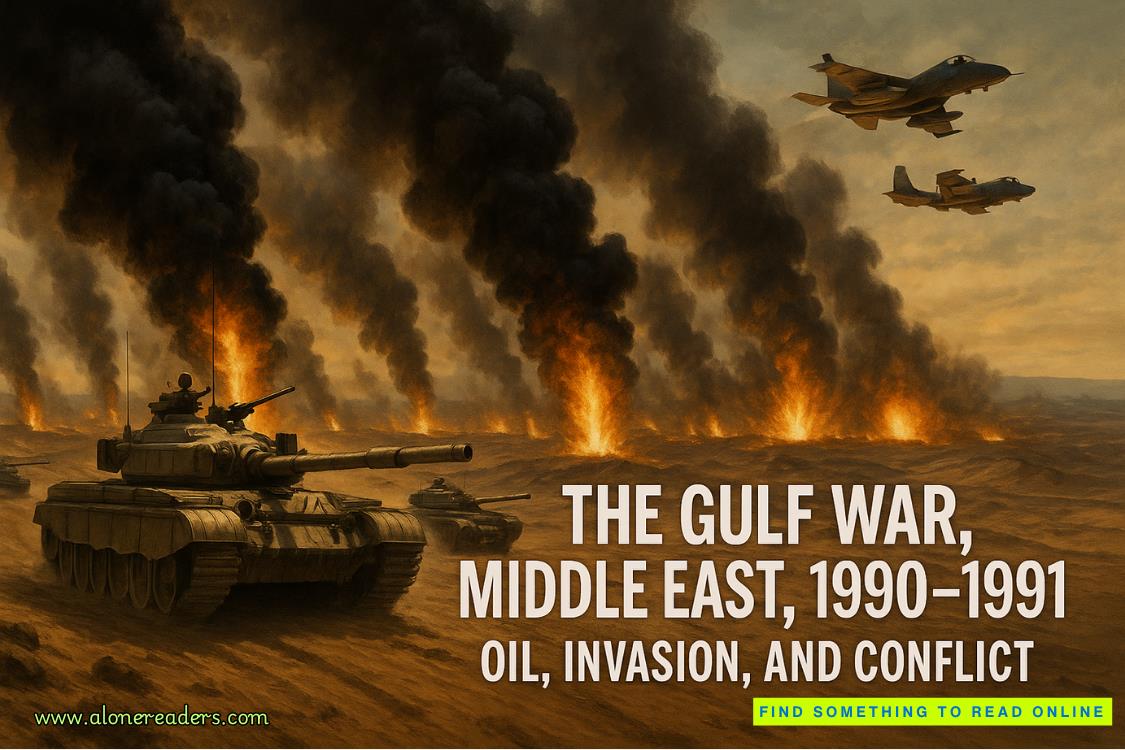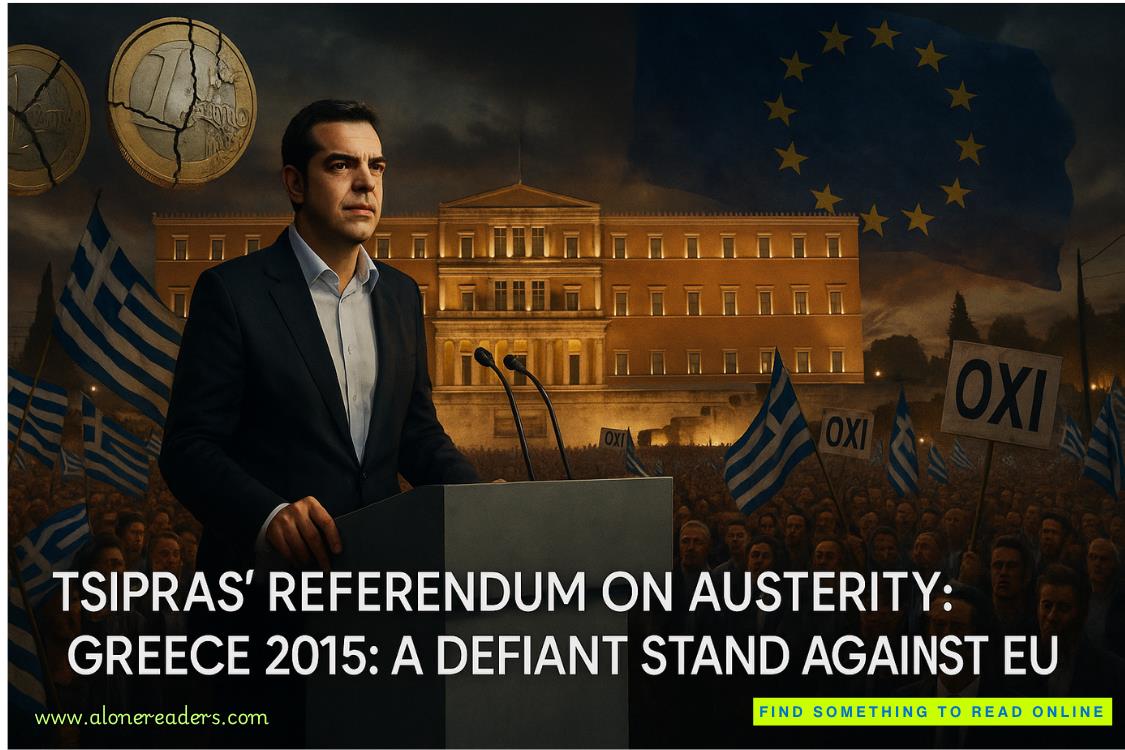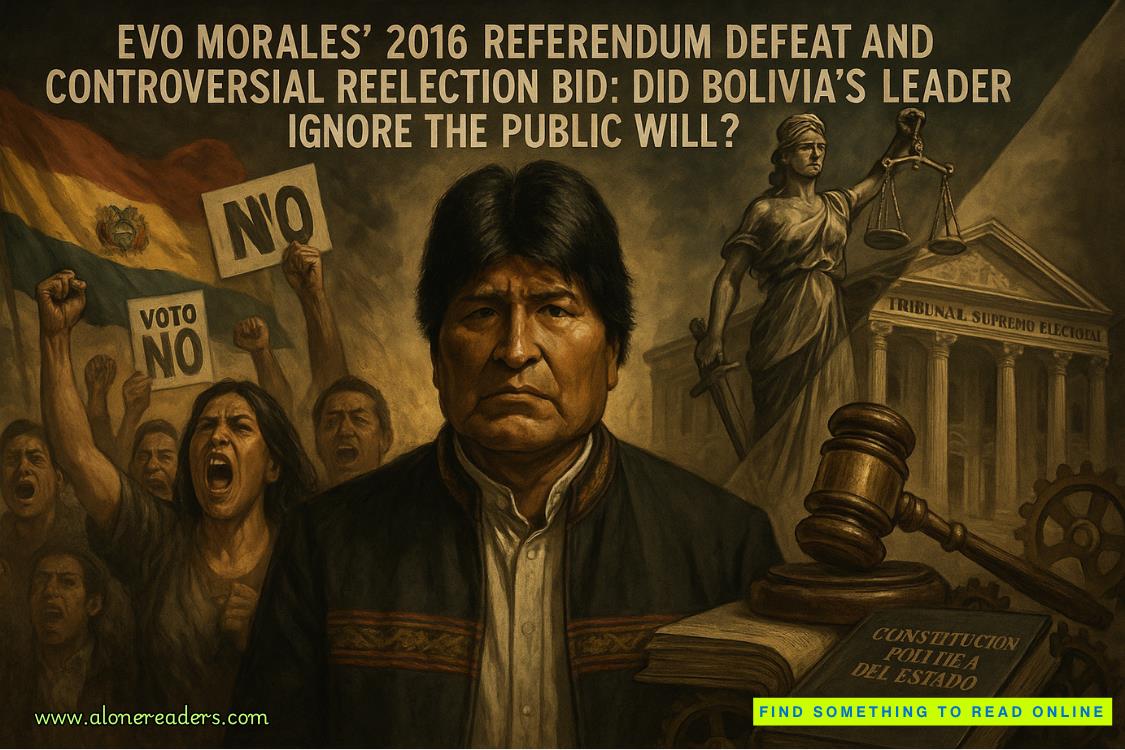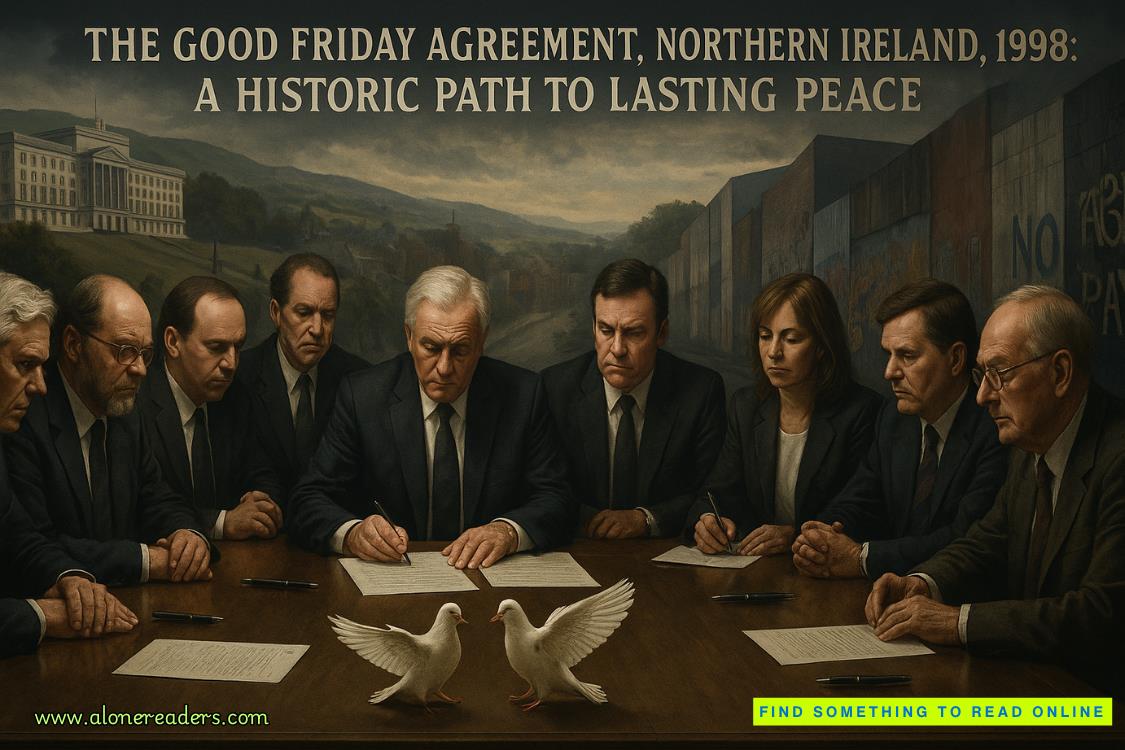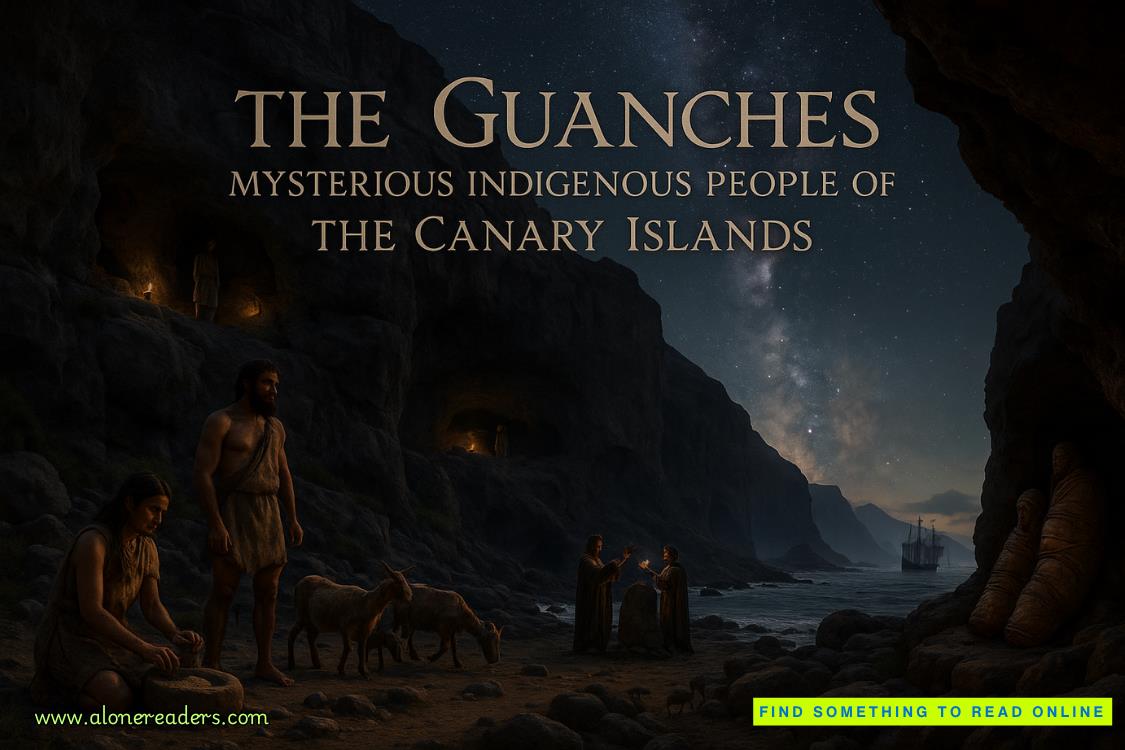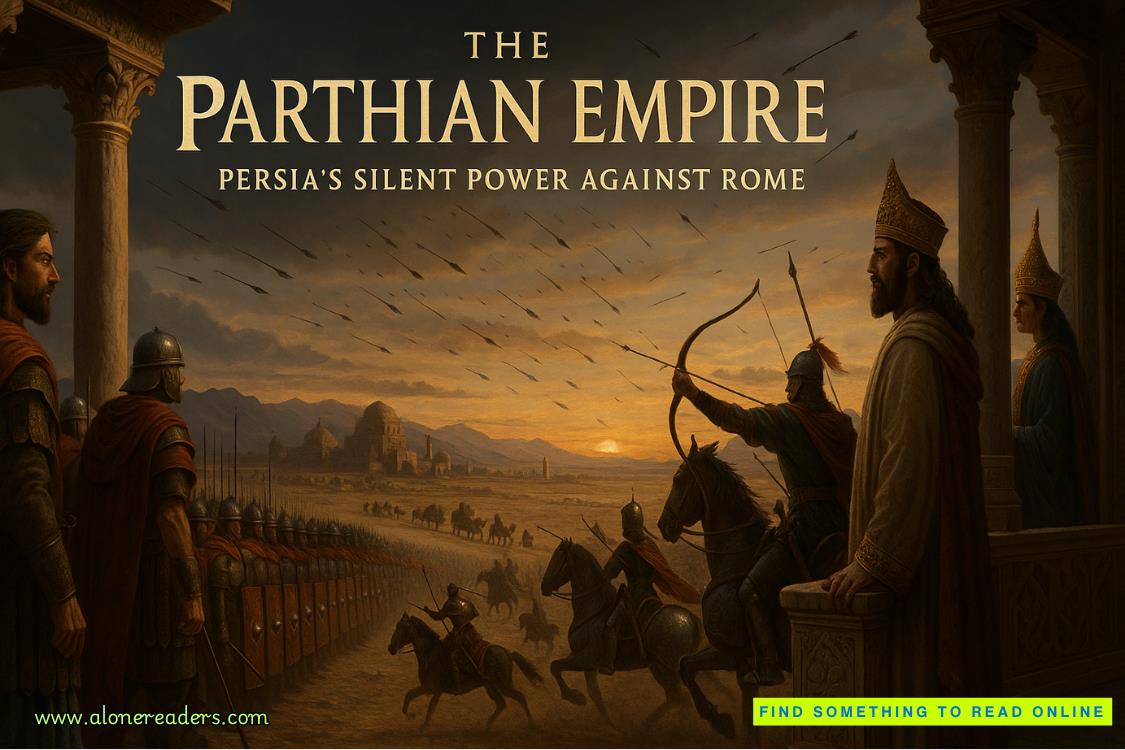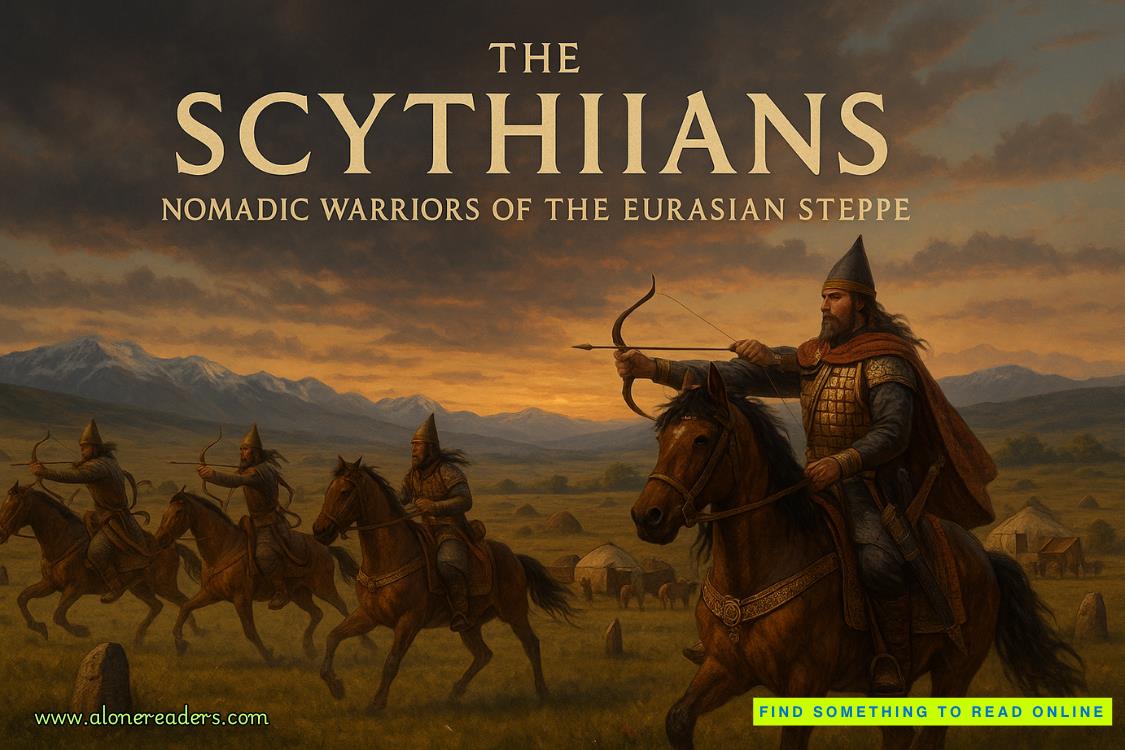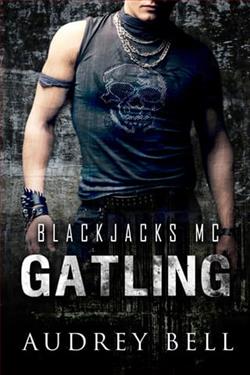Page 8 of Worth the Wait
“You’re right,” Cameron says finally, leaning back in his chair. “Daily would be excessive, and it’s not about confidence in your abilities. Your portfolio speaks for itself.” He pauses, seeming to recalibrate. “What I should have said is that I want to be involved in key decision points. Major vendor selections, venue walkthroughs, design presentations—the elements that will define the event’s success.”
I set down my pen, studying his face. “How often are we talking about?”
“Two, maybe three times per week during critical phases. Less frequent once major decisions are locked in.” His tone is more collaborative now, less dictatorial. “I’m not interested in approving every minor detail, Miss Peralta. I’m interested in ensuring the strategic elements align with Sterling Industries’ brand and objectives.”
“I understand the importance of the event,” I say carefully, “and Luminous Events is certainly capable of handling that level of scrutiny. However, I want to make sure we’re clear about roles and responsibilities. I don’t work well with clients who want to micromanage the creative process.”
Especially not when half the industry is probably wondering if I can succeed where Morrison Events failed, if the compressed timeline will prove too much for a company that’s never handled an event this scale under this kind of pressure.
Something flickers in Cameron’s expression. “I’m not interested in micromanaging your creativity, Miss Peralta. I’m interested in ensuring that creativity serves Sterling Industries’ strategic objectives.”
Miss Peralta.The formal address should feel appropriate, professional. Instead, it feels like a wall between us, a reminder that whatever we once were to each other is irrelevant now.
Which is exactly how it should be.
“Fair enough,” I say, making more notes. “Two to three times per week for key decisions is manageable. What does that communication look like in practical terms? Scheduled meetings here or at Sterling Industries?”
“A combination. Venue walkthroughs will obviously be off-site. Vendor presentations could be either location, depending on what works better for everyone involved.”
I keep my expression neutral while my mind races through the implications. This level of client involvement isn’t unheard of for events of this magnitude, but it’s unusual. Most executives at Cameron’s level delegate event planning to their teams and show up for final approvals.
Unless there’s another reason he wants to be so directly involved.
“That’s still quite a time commitment for a board chair,” I observe. “Are you sure your schedule can accommodate that level of involvement?”
“I’ve adjusted my priorities,” he says simply. “This anniversary gala is important to Sterling Industries’ positioning in the market.”
There’s something in the way he says it that makes me study his face more carefully. His expression is professional, businesslike, but there’s an intensity underneath that suggeststhis arrangement is about more than just protecting Sterling Industries’ reputation.
But what else could it be? We’re both established professionals now. We have complicated histories and no reason to complicate them further.
“Alright,” I say. “Two to three meetings per week for major decisions. Amanda will coordinate with your assistant to establish a schedule that works for both our calendars.”
“Excellent.” Cameron stands, straightening his suit jacket with movements that suggest this conversation went exactly as he planned. “I’m looking forward to working with you, Miss Peralta.”
He extends his hand again, and this time I notice the way his fingers linger just a moment longer. Not enough to be inappropriate, just enough to remind me that we have a history that extends beyond vendor relationships and corporate contracts.
“Likewise, Mr. Judd,” I reply, pulling my hand back and moving toward the door to escort him out. Professional courtesy. Nothing more.
But as we walk through the main office area, I’m acutely aware of how Amanda and the rest of my team watch our interaction. Cameron Judd doesn’t visit event planning companies personally. He sends assistants and attorneys and people whose job it is to handle details he’s too important to worry about.
The fact that he’s here, in my office, establishing a more involved oversight process, is going to raise questions I’m not prepared to answer.
“Is there anything specific you’d like to review first?” I ask as we reach the reception area.
“Venue options,” he replies. “I want to understand why you’ve chosen the locations in your proposal and what alternatives might be available.”
“Of course. Given the compressed timeline, I’ve identified a few additional options that could accommodate us on short notice.” I pull out my iPad, scrolling to my venue notes. “The Esperanza Resort in Montecito has excellent facilities and I have a working relationship with their events team. I could arrange a walkthrough as early as tomorrow if that works for your schedule.”
“Tomorrow works,” Cameron says immediately. “What time?”
It’s short notice but I’m not about to let him think I can’t meet his demands. “I’ll coordinate with Erik Andersen, their director of special events, and confirm the details with your assistant. Amanda will handle the logistics.”
Cameron nods, then pauses at the door. “One more thing. I want to be clear that my involvement in this project is purely professional. I have no interest in relitigating the past or creating awkward personal dynamics. We’re both adults, we’re both successful in our respective fields, and we both want this event to succeed.”
The statement should be reassuring. It establishes boundaries, acknowledges our history without dwelling on it, and frames our working relationship in purely business terms.
Instead, it feels like a challenge.
